1. The Black Dahlia Murder and the Curse of Hollywood

The brutal 1947 murder of Elizabeth Short, known as the Black Dahlia, shocked Los Angeles and left a lasting dark mark on Hollywood folklore. Her body was found mutilated and posed in a vacant lot, sparking countless rumors about Hollywood’s underbelly and supposed curses on rising stars. Locals whisper that the spirit of the Black Dahlia still haunts the city, especially near the spot where her body was discovered. Many believe that her restless ghost causes strange misfortunes to those chasing fame in LA shares the FBI.
This tragic crime fueled a superstition that seeking fame in Hollywood comes with a price — sometimes an ominous one. Some actors and locals avoid certain neighborhoods or refuse to shoot films near the site, convinced bad luck follows. The legend persists because the murder remains unsolved, keeping the eerie mystery alive. It’s a chilling reminder of how one crime can embed itself into the collective fear and superstition of an entire city adds Wikipedia.
2. The Curse of the Dyatlov Pass Incident
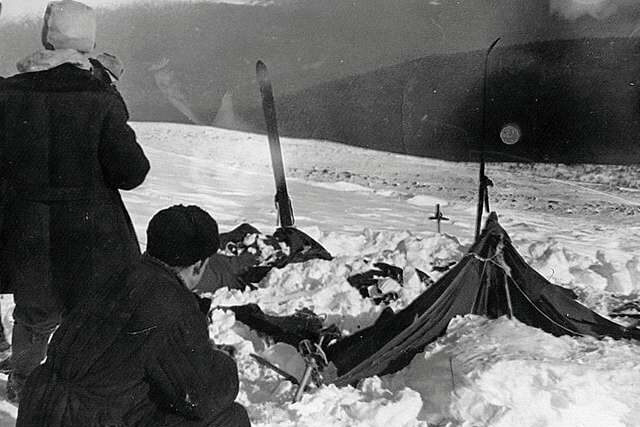
In 1959, nine Russian hikers mysteriously died on the Dyatlov Pass under baffling circumstances that have never been fully explained. Locals around the Ural Mountains started telling stories of an unseen force or malevolent spirit responsible for the hikers’ deaths. Their tent was found torn open from the inside, and some were found with strange injuries, fueling theories ranging from secret military tests to supernatural causes shares the History Channel.
This tragic event gave rise to a local superstition warning travelers to respect the mountains and their spirits. In the region, people avoid traveling alone or at night near the pass, believing the area is cursed or guarded by vengeful entities. The unsolved nature of the deaths only strengthens these beliefs, turning the Dyatlov Pass into a place of eerie reverence. The story continues to inspire cautionary tales and wariness in locals and visitors alike says Collider.
3. The Salem Witch Trials and Witchcraft Warnings
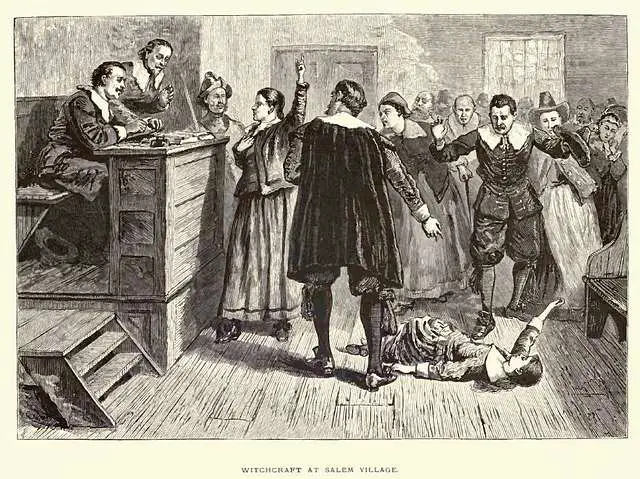
The Salem witch trials of 1692 left an indelible mark on New England’s culture and superstitions about witchcraft. After the horrific executions of supposed witches, locals became wary of anything even remotely connected to dark magic or the supernatural. This fear morphed into long-lasting beliefs about witches’ curses and protective charms against evil.
In many parts of Massachusetts, superstitions around witchcraft still surface, especially in small towns near Salem. People hang certain herbs in their homes or avoid walking alone at night to ward off bad spirits. The trials ingrained a deep-rooted caution against unknown forces, mixing history with folklore. Even today, some locals claim to sense a lingering presence, as if the witch hunt’s shadow still hovers over the area.
4. Jack the Ripper and London’s Fog of Fear
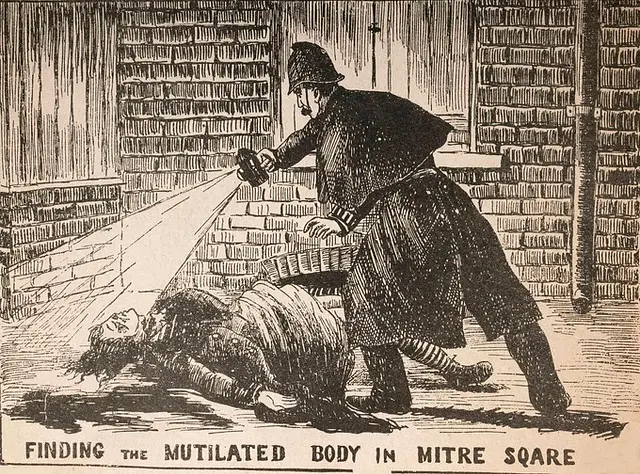
Jack the Ripper’s gruesome murders in 1888 London sent waves of panic through the East End, where fog and dim gas lamps made the streets seem sinister. This series of unsolved killings fed into superstitions about dark strangers lurking in alleys and the dangers of wandering at night. Locals grew suspicious of anyone out after dark, believing that evil itself could be hiding in plain sight.
These fears evolved into warnings parents passed down to children, urging them to stay indoors after sunset. The story of Jack the Ripper created a long-lasting urban myth that London’s fog could hide more than just cold air. Even now, the idea of a faceless menace stalking the streets influences local caution and a sense of unease in those historic neighborhoods.
5. The Hatfield-McCoy Feud and Family Curses
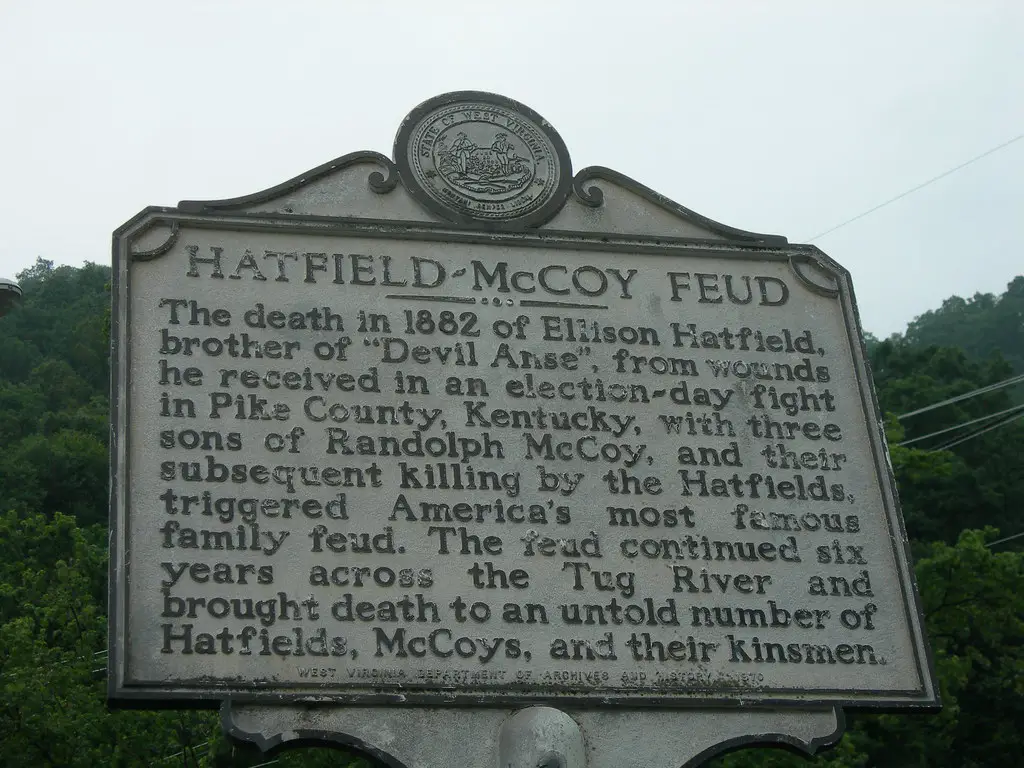
The infamous Hatfield-McCoy feud in the late 1800s between two Appalachian families turned violent and bitter, spawning superstitions about family curses and bad blood. Locals tell tales of how the feud’s hatred seemed to poison generations, with some believing the curse still haunts descendants. The idea that longstanding grudges bring misfortune became a staple warning in the region.
Because of this, people in the area avoid discussing old family disputes openly, fearing they might stir up ancient grudges or bad luck. Some even claim that the land itself carries the feud’s dark energy, causing unexplained accidents or bad harvests. This superstition is a reminder of how real conflict can bleed into the mystical, shaping how a community views history and fate.
6. The Bloody Benders and the House of Horror
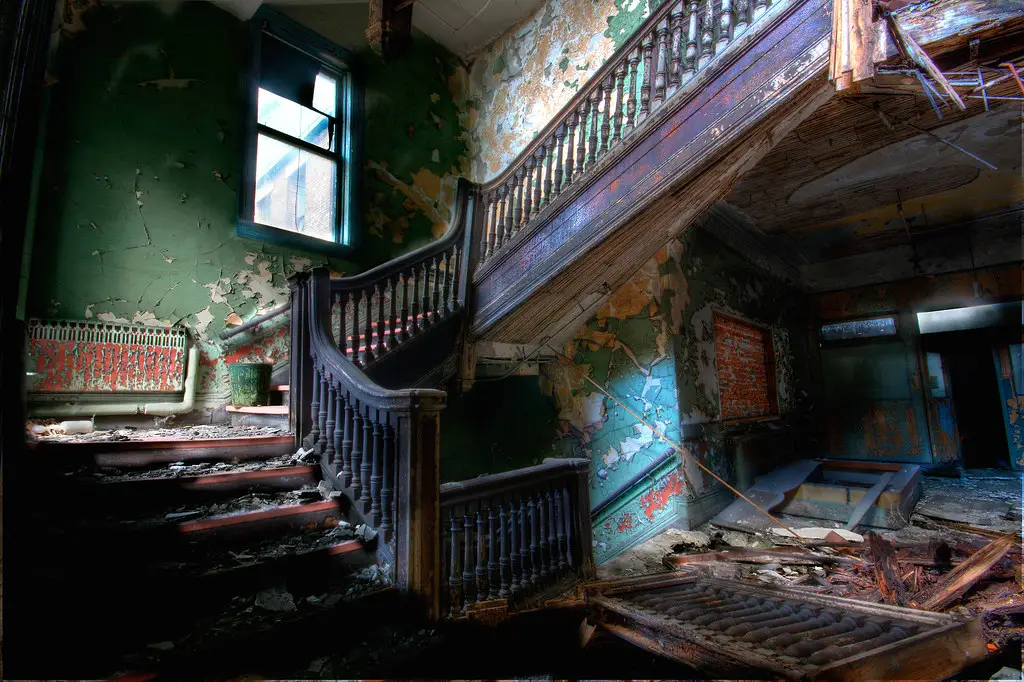
In the 1870s, the Bender family in Kansas ran an inn that turned out to be a house of horrors, where guests mysteriously vanished or were found murdered. Once the truth came out, locals were so shaken that the house became a symbol of evil itself. People started believing the land was cursed, and the spirit of the Benders’ victims haunted the area.
Visitors and residents would avoid the site, fearing that lingering spirits might bring misfortune or madness. The story of the Bloody Benders feeds into a superstition that evil can dwell within seemingly normal places. Even decades later, the house’s dark history influences local tales warning travelers to be cautious about where they rest or stay overnight.
7. Lizzie Borden and the Axe Murder Legend
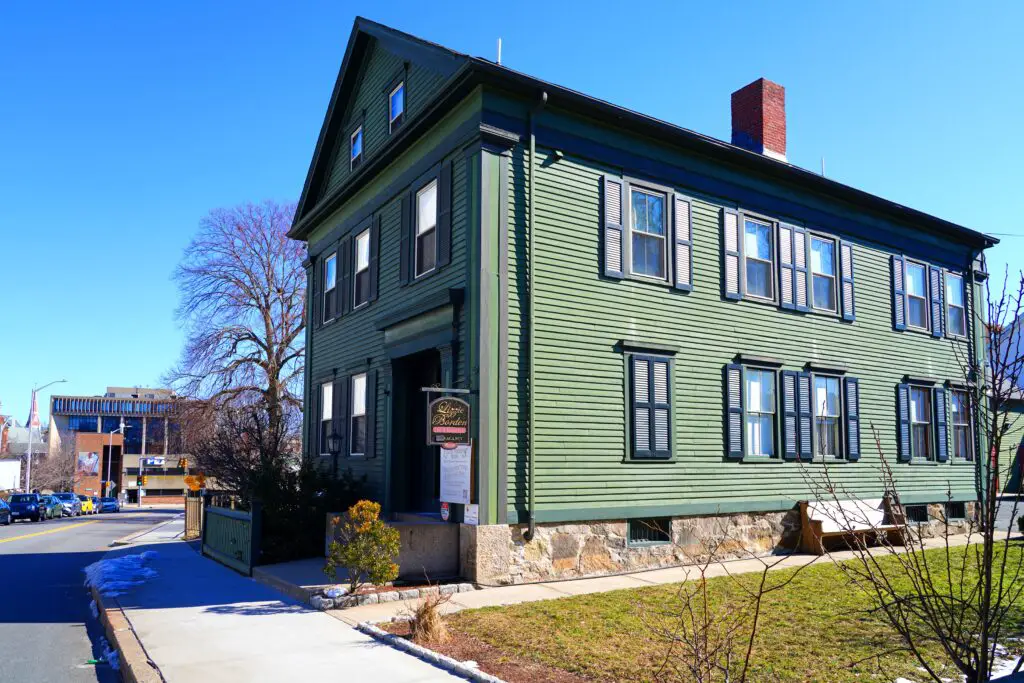
Lizzie Borden’s 1892 trial for the axe murders of her parents in Massachusetts became a sensational story, with many convinced she was guilty despite her acquittal. This crime sparked a superstition around the Borden house itself, which locals believe is haunted by restless spirits. The house’s eerie reputation grew, and it’s now a famous site for ghost hunters and thrill-seekers.
People tell stories of strange noises and chilling sensations when near the house, reinforcing the belief that the past violence still lingers. Some locals avoid the area altogether or refuse to stay in the guest rooms. This superstition reflects how a gruesome crime can leave a psychological imprint on a place, mixing justice, mystery, and fear into one enduring legend.
8. The Axeman of New Orleans and Jazz Night Warnings
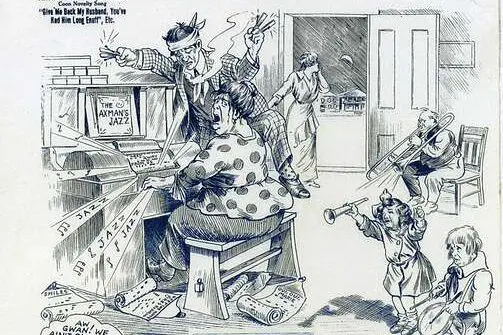
Between 1918 and 1919, the Axeman terrorized New Orleans, attacking residents with an axe in a series of brutal assaults. The killer’s mysterious identity and cryptic letters led to wild rumors and superstitions in the city. One legend claims the Axeman spared homes playing jazz music, which sparked a nightly ritual of turning up the jazz louder to keep the killer away.
This belief turned into a lasting superstition that jazz music has protective powers in New Orleans. Even today, some locals say playing jazz can keep bad spirits or harm at bay, linking the city’s musical soul to its eerie past. The Axeman’s legacy turned a terrifying crime into a cultural phenomenon, blending fear with celebration.
9. The Murder of Mary Rogers and NYC’s Haunted Waterways
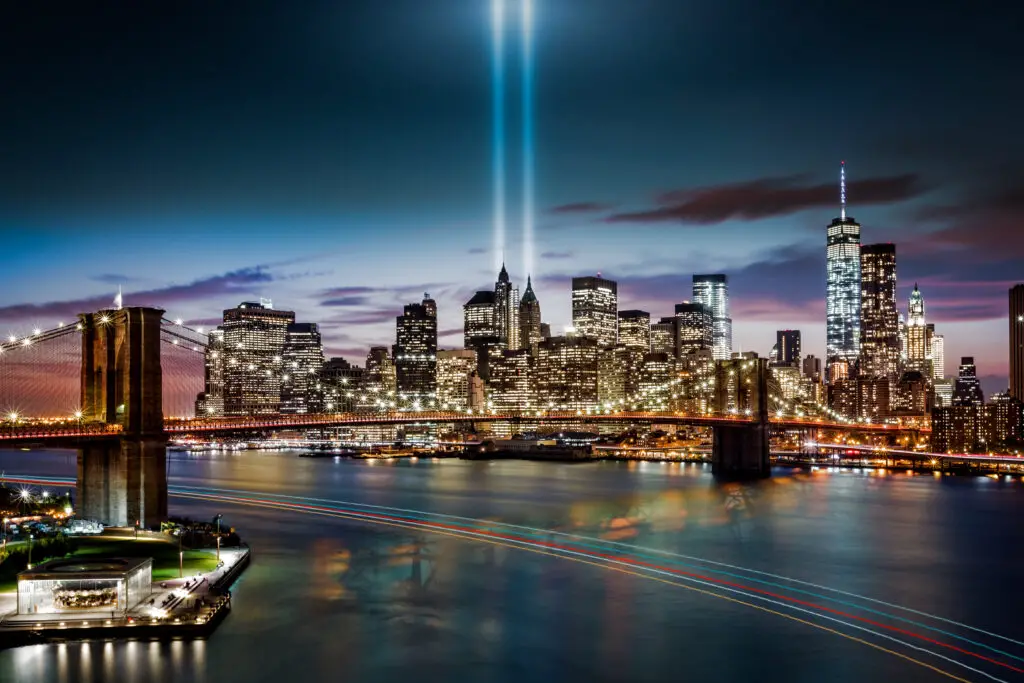
In 1841, Mary Rogers’ mysterious death in New York City stirred fear and speculation around the city’s waterways, especially the Hudson River. Her disappearance and death sparked rumors about ghostly sightings near docks and riversides, believed to be Mary’s spirit searching for justice. This tragic case embedded a superstition about the dangers lurking near the water at night.
Fishermen and boaters began avoiding certain parts of the river after dark, believing the waters were haunted or cursed. Stories of eerie cries and apparitions persisted, adding to New York’s ghost lore. Mary Rogers’ case illustrates how a single unsolved murder can spark a long-lasting sense of unease tied to a specific location.
10. The Cleveland Torso Murders and Fear of the Unknown
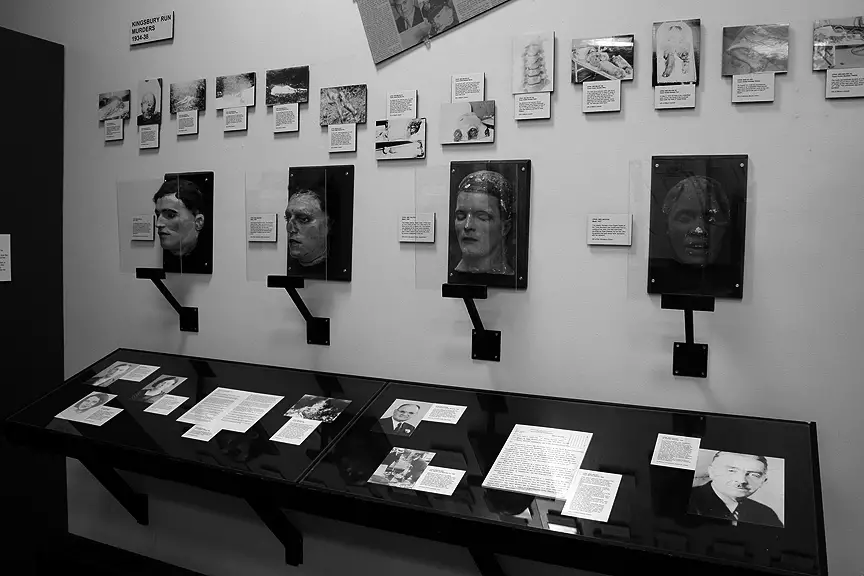
In the 1930s, the Cleveland Torso Murderer dismembered victims and left their remains in public places, terrifying the city. This gruesome crime created superstitions about mysterious strangers and hidden killers lurking in urban shadows. People became wary of late-night strangers and avoided certain neighborhoods altogether.
Locals developed a belief that evil could wear an ordinary face and that the city itself was a dangerous maze at night. These fears translated into warnings passed down through generations about staying vigilant and trusting no one after dark. The Torso Murders remind us how true crime can deepen mistrust and superstition in urban communities.
11. The Villisca Axe Murders and Haunted Houses
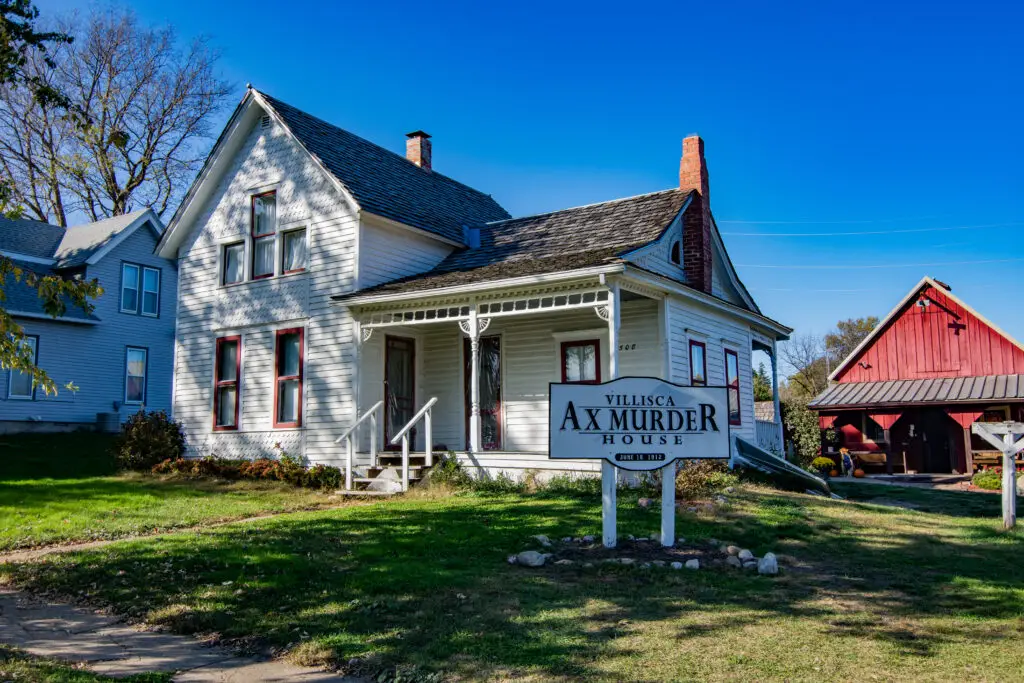
The 1912 Villisca axe murders in Iowa, where an entire family was killed in their home, sparked rumors that the house was cursed. Residents and visitors have reported strange noises, cold spots, and apparitions, fueling the superstition that the house holds restless spirits. The crime’s brutality and mystery led to the home becoming a focal point for ghost stories and paranormal investigations.
Locals warn against spending time alone in the house or near the property after dark. The belief is that the violent energy from that night still lingers, affecting anyone who dares to stay too long. This tragic event turned a simple home into a haunted landmark, mixing history and superstition into one chilling story.
12. The Kidnapping of the Lindbergh Baby and Community Vigilance
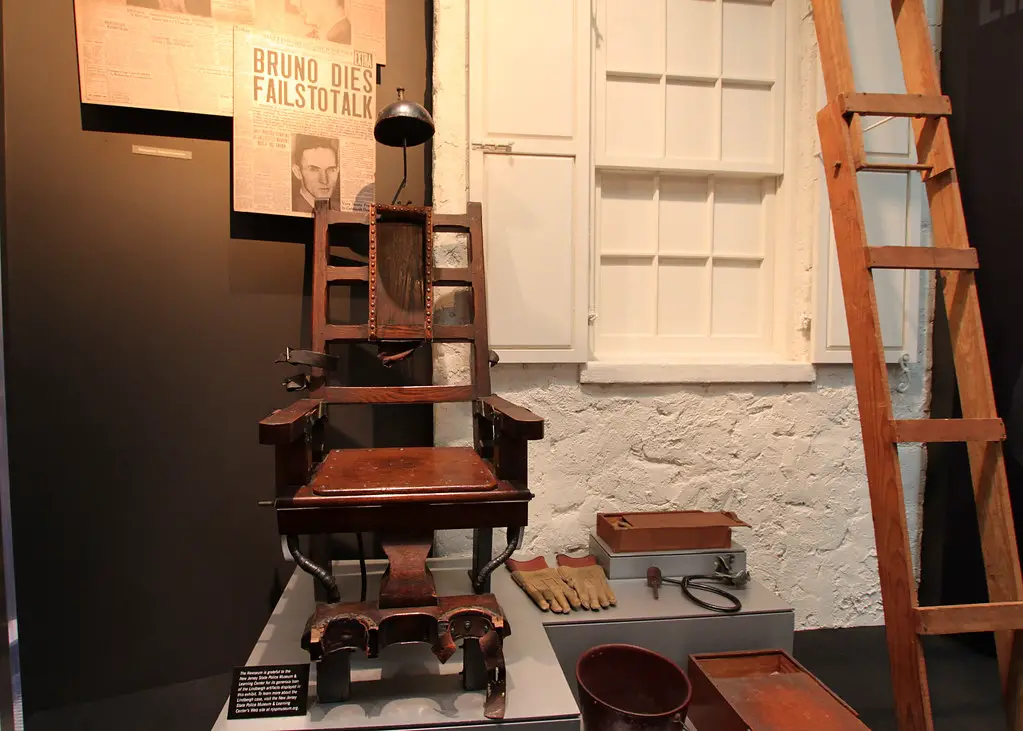
In 1932, the high-profile kidnapping of Charles Lindbergh’s infant son shocked the nation and sparked widespread fear across communities in the U.S. The crime led to an intense wave of vigilance among families, fueling superstitions and habits centered around protecting children. Many neighborhoods started informal watch groups and developed traditions of keeping close eyes on strangers and suspicious behavior.
This tragedy is often linked to the rise of “stranger danger” warnings and the belief that certain charms or rituals could protect kids from harm. Parents passed down stories urging children never to wander alone and to report any unfamiliar faces. The kidnapping’s impact transformed community attitudes about safety, embedding a cautious mindset that still influences how many parents teach their kids today.
